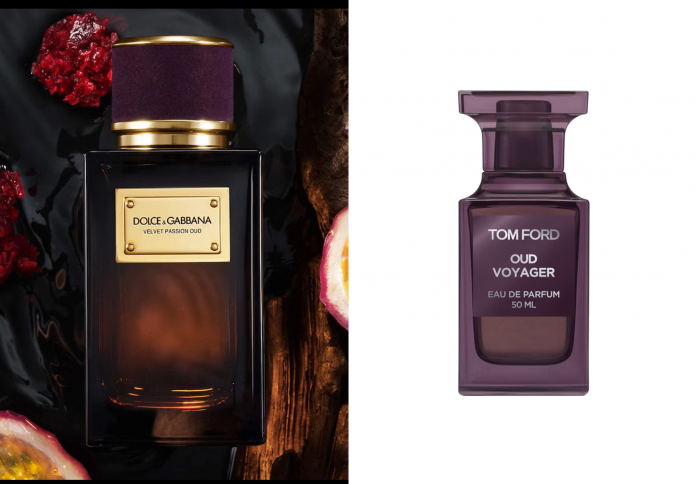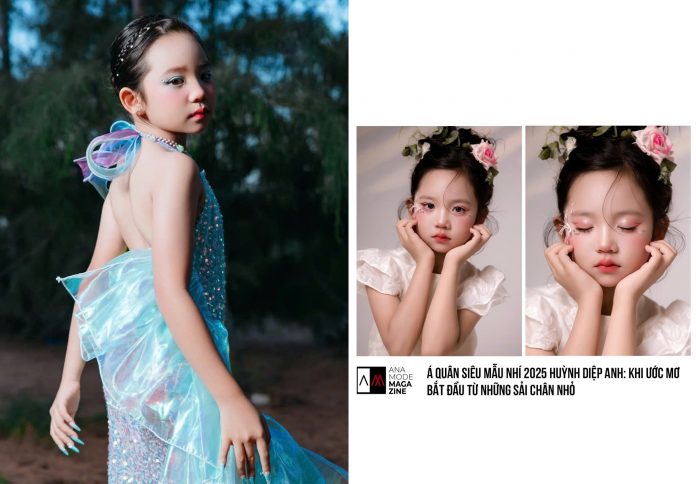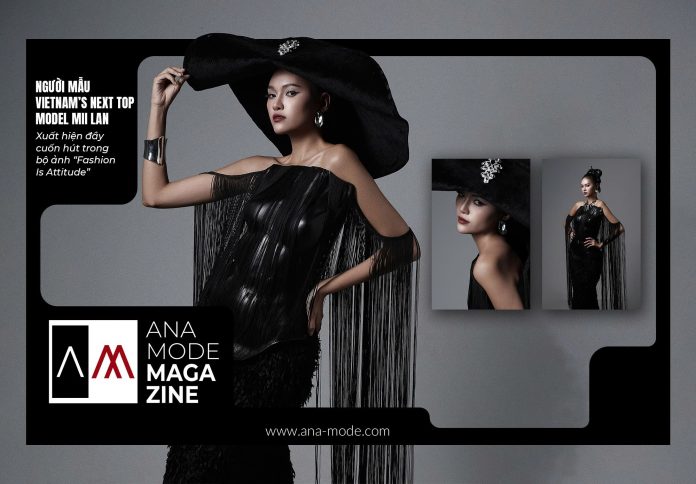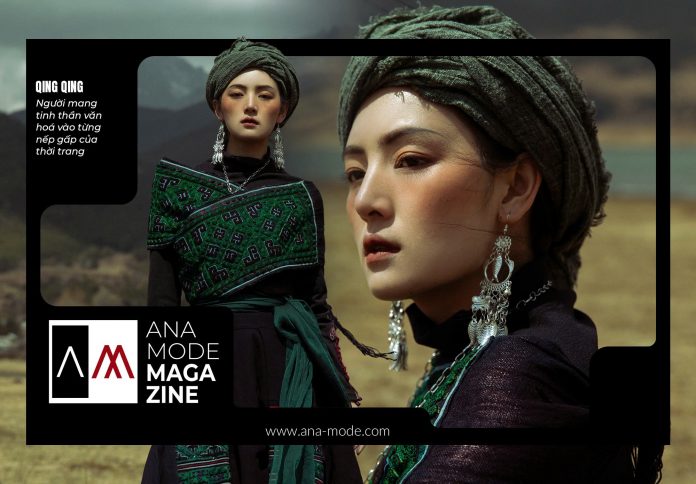Oud, often called “liquid gold”, is arguably the most mysterious, expensive, and culturally significant ingredient in modern perfumery. Sourced from the essential oil of the infected Aquilaria tree heartwood, it is a rare, complex material with a lore so rich that it defies typical Western scent profiles. For centuries, oud has been a fundamental staple in Middle Eastern and Asian cultural rituals—from being burned as incense (bakhoor) to scenting homes and clothing. Its raw aroma is notoriously challenging, often described with potent terms like “animalic,” “leathery,” or “pungent,” making it an acquired taste for many. However, a new generation of perfumers is revolutionizing the note, creating approachable, lighter, and more complex oud compositions that blend its dark, sensual gravity with unexpected pairings like peony, violet, and passionfruit, thus introducing this unique and commanding scent to a wider, Western audience.
The Origin Story: From Parasitic Fungus to Liquid Gold
The scarcity, cost, and deeply complex nature of oud stem directly from its highly unusual and fascinating biological origin.

Oud is not derived from a healthy tree, but is rather the essential oil of the wood of an infected Aquilaria tree. Perfumers explain that a parasitic fungus contaminates the heartwood, and in response, the tree produces a dark, fragrant resin that acts as a protective scar maker. This resin is the source of the coveted oil. Aquilaria or agarwood trees are native to South and Southeast Asia, where Eastern civilizations have revered oud for centuries—using it as a traditional medicinal material and an essential component of incense in Islamic, Hindu, and Buddhist traditions. Its deep cultural resonance is a major reason why it is viewed as so much more than just an ingredient, being central to celebrations, connections, and daily rituals across the Arab world.
The Scent Profile: An Unbridled Funk and Complex Gravity
For uninitiated noses, the raw aroma of pure oud essential oil is unlike any other ingredient in the Western perfume canon, possessing a challenging but endlessly inspiring complexity.

Perfumers describe the scent as having a leathery, woody, dark, and sensual quality, but also an unmistakable animalic gut punch—at times likened to goat or a pungent cheese. This “unbridled funk” is what makes it such an uncompromising raw material. However, this complexity is also what makes it so fascinating to master perfumers like Dominique Ropion, who are drawn to its many layers of wood and resin. Perfumers note that the material’s dark, resinous gravity and its commanding presence are what keeps them returning to it. This sheer power, which delivers incredibly long-lasting, air-filling fragrances, is precisely what makes oud so sought after by modern consumers looking for scents that pack a punch and make a statement.
Oud’s Western Renaissance: Luxury, Status, and Versatility
Oud’s surge in popularity in the U.S. is a reflection of the rise of high-end niche perfumery, driven by a growing appetite for transportive, long-lasting, and luxurious fragrances.

In Western markets, oud has become a major theme in niche perfumery, driven by consumers’ curiosity for distinctive notes and the desire for super strong, long-lasting scents. Furthermore, the material’s extreme cost—with real oud being one of the most expensive raw materials in the world—has made it a status symbol. Perfumes containing genuine oud, or even those designed to create the “oud-style” olfactory illusion, carry an aura of luxury. Perfumers are also fascinated by oud’s versatility, noting its chameleon-like nature. When blended with different ingredients, its dark, powerful character can reveal feminine, fresh, or even fruity facets, allowing for creative and surprising compositions that cater to a broader range of tastes.
Making the Impossible Approachable: The New Oud Blends
To ease the uninitiated into the world of oud, contemporary perfumers are moving away from traditional baroque compositions (rose, saffron, amber) and introducing unexpected, brighter pairings.

The key to creating approachable ouds is to balance the ingredient’s dark gravity with offbeat, lighter notes. For example, the Tom Ford Oud Voyager blends oud with geranium and peony in a bright, modern floral composition, using advanced tri-distillate technology to feature the lighter, more ephemeral molecules of the oud. Similarly, Kayali’s Oudgasm Milky Musk Oud pairs the note’s strength with the tenderness of musk, creating a scent that feels close to the skin. Other perfumers have introduced elements like violet flower for an earthy green naturalness, or a mouthwatering passionfruit opener (as seen in Dolce & Gabbana Velvet Passion Oud) to completely offset the smoky darkness. This strategic recontextualization makes the powerful note less intimidating and easier to appreciate in a Western context.
The Art of Wearing and Respecting Oud’s Legacy
For those new to the scent, experts advise approaching oud with curiosity and a sense of ritual, emphasizing that its true character is only revealed over time.

Oud, unlike an “easy” fragrance, requires patience; perfumers urge wearers to apply it on the skin, not a blotter, and allow it to breathe for a few hours. The scent transforms with body heat and chemistry, evolving from smoky and medicinal to creamy, balsamic, or even sweet. Layering is a traditional and recommended technique for professionals: Mona Kattan suggests pairing a softer oud fragrance with a familiar scent, such as a sweet gourmand, vanilla, or a fresh musk, to provide contrast and warmth. Above all, perfumers stress the importance of cultural appreciation and respect. The goal of modern perfumery is not to dilute oud to meet mainstream tastes, but to compose with restraint, allowing the material’s depth and authentic, wild nature to speak for itself.










